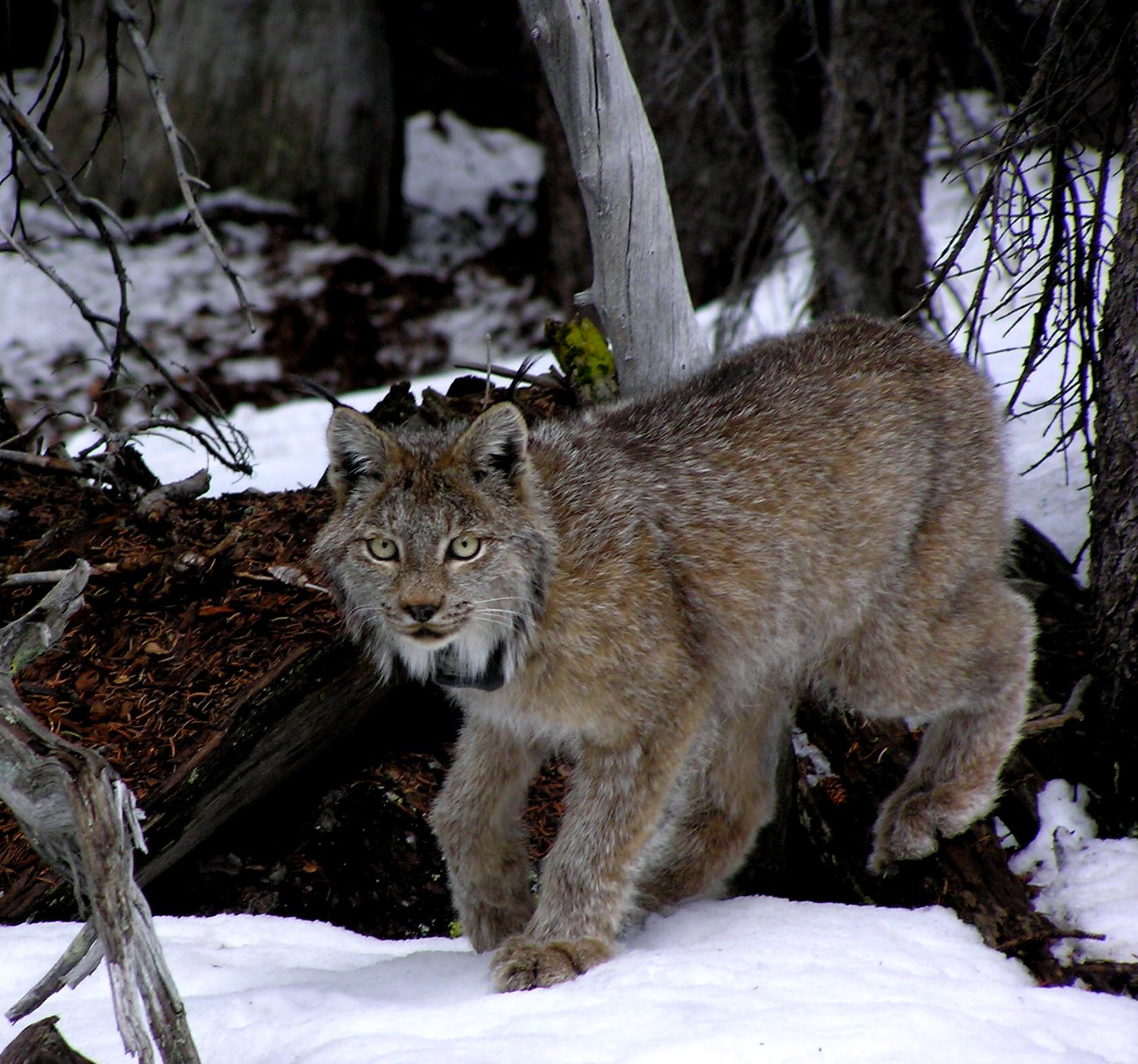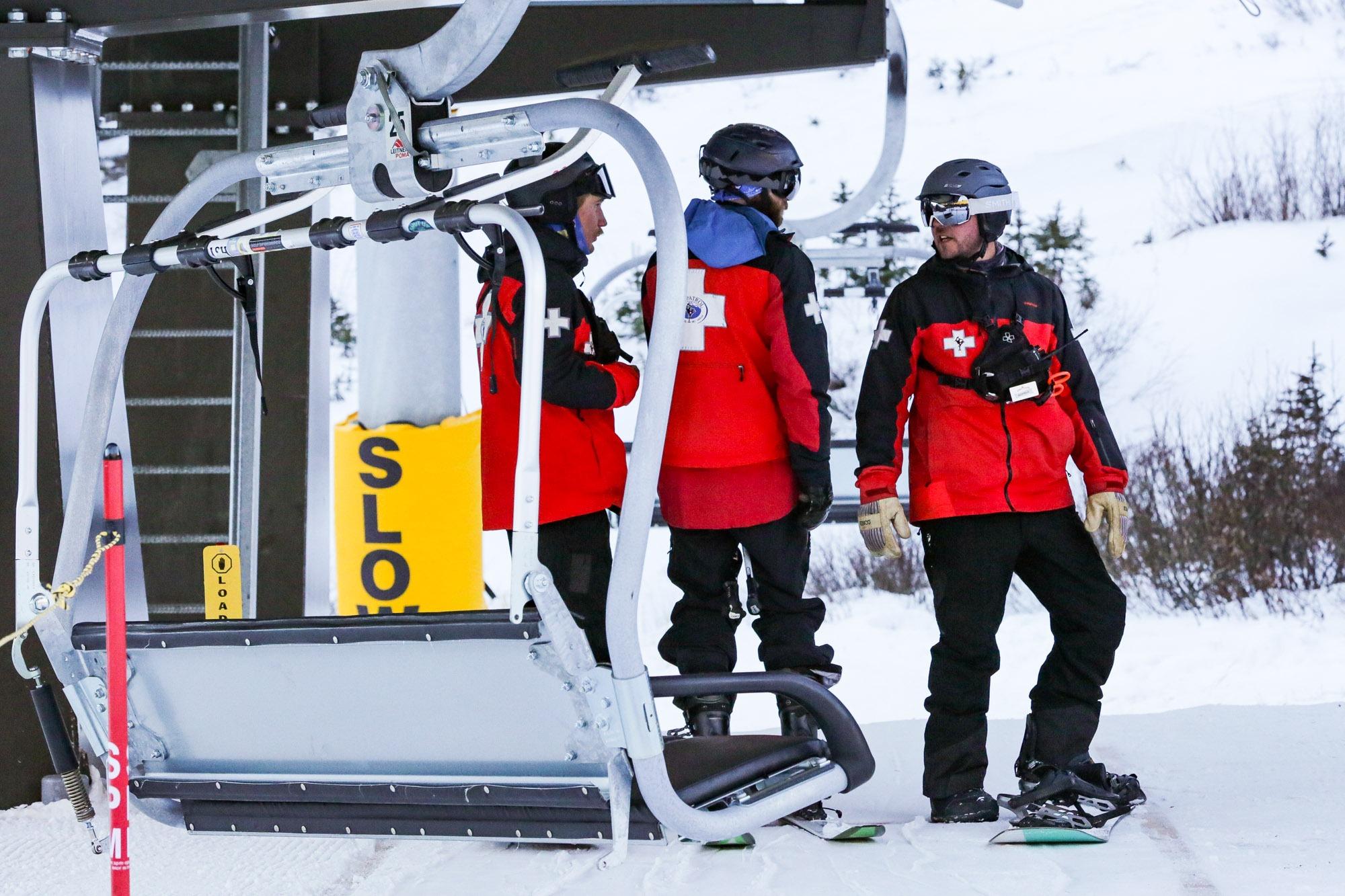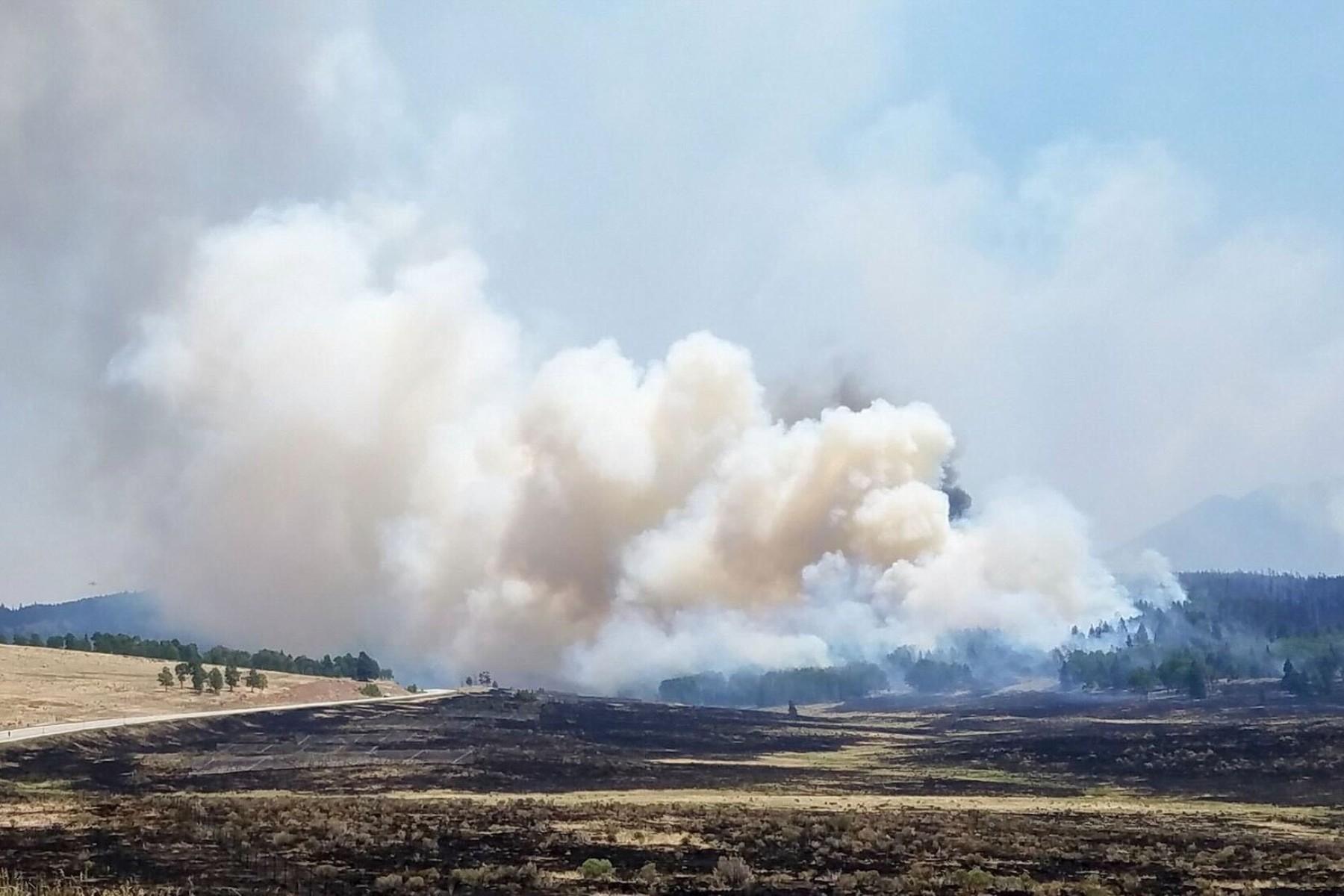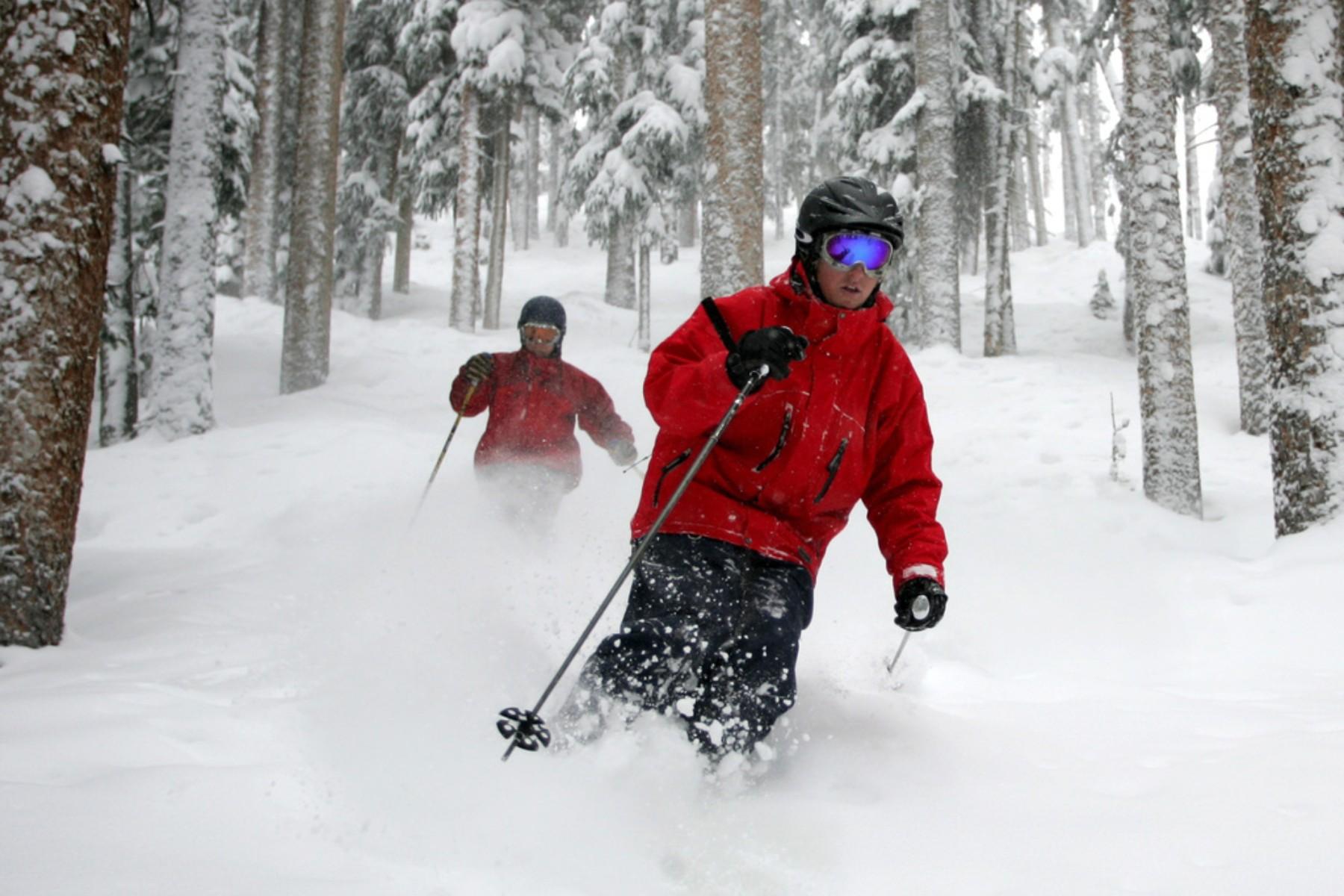
A lynx plods through the snow so stealthily in Colorado that the animals have become something of a mystery. Wildlife experts in southwestern Colorado are looking for the wild cats. They know they’re there. They just don’t know how many there are, and if the numbers are going up or down.
So wildlife experts are now on the lookout for the cats in a 5,400-square-mile swath of wilderness in the San Juan Mountains, says Eric Odell, a conservation expert with Colorado Parks and Wildlife.
The effort is the latest twist in a long effort to bring the animals back to their native Colorado.
Decades of fur trapping and human development led to the decline of the lynx in the late 20th century, according to wildlife experts. In 2000, the cat was declared threatened under the Endangered Species Act. Lynx were re-introduced to the state in 1999, when state officials imported cats from Canada and Alaska. By 2006, some 218 lynx had been released in southwestern Colorado. They had radio collars that allowed state officials to track them until 2010, when the last of the collars stopped functioning.
Now wildlife officials are looking for the offspring of the re-introduced cats. But instead of radio collars, which may disturb the animals and their patterns, experts are going to try using remote cameras and surveys of animal tracks in the snow. The animals have large paws and like to hunt animals such as snowshoe hare.
The program is slated for a two-year pilot. If wildlife officials are successful in counting the animals, the program will be expanded to 10 years.








